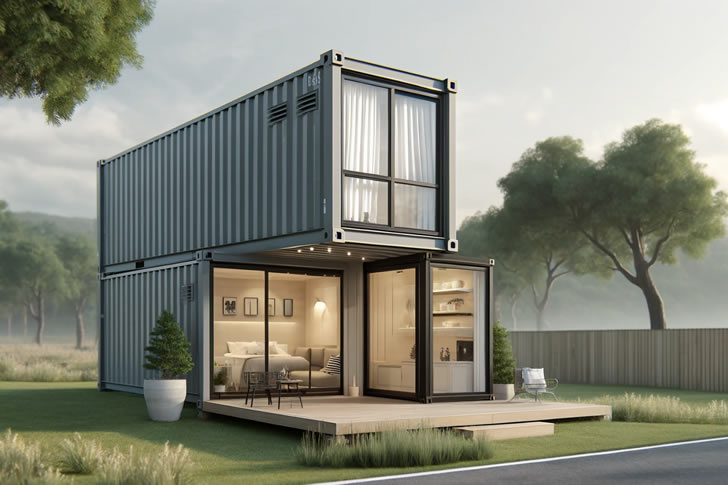How to Get a Cheap Container House: A Complete Guide
Container homes have gained popularity as an affordable and sustainable housing option. Built from shipping containers, these homes offer a unique blend of durability and design flexibility, often at a lower cost than traditional construction methods. This guide will help you understand how to acquire a cheap container house, detailing the necessary steps and considerations to maximize value without sacrificing quality.

Understanding Container Homes
Container homes are constructed from steel shipping containers that once transported goods on large ships. They are known for their robustness and ability to withstand harsh conditions. These qualities make them ideal for repurposing into residential spaces. A typical container can be transformed into a compact and efficient living area with proper design and modifications.
Cost Considerations
The cost of a container home can vary significantly based on size, design complexity, and location. On average, a basic container home can range from $10,000 for a DIY project to over $150,000 for a luxury customized version. Prices vary based on whether you choose new or used containers and the extent of renovations required.
Steps to Acquiring a Cheap Container House
- Research and Planning: Start with thorough research on local building codes and zoning laws. Understanding these regulations will help you determine where you can legally build a container home and any restrictions you may face.
- Choosing the Right Container: Opt for used containers to cut costs, but inspect them for structural integrity and absence of harmful chemicals. Prices for used containers can be as low as $1,500, depending on their condition and location.
- Designing Your Home: Hiring an architect can be expensive, but many companies offer pre-designed plans for container homes. These can significantly reduce the cost of design work, which typically ranges from $5,000 to $20,000.
- Finding a Builder: While some may choose the DIY route, hiring a builder experienced with container homes can ensure that the construction meets safety standards. Compare quotes and check references to find a reliable contractor who offers competitive rates.
- Minimizing Modifications: Every modification to a container, like cutting holes for doors and windows, adds to the cost. Keeping alterations to a minimum can help manage expenses.
- Interior Design and Insulation: Efficient use of space is crucial. Multi-functional furniture and built-ins can maximize the utility of limited space. Proper insulation is also critical for making the container home comfortable and energy-efficient. Foam insulation is recommended due to its effectiveness in sealing the steel structure.
Tips for Budget Management
- Purchase materials in bulk where possible to save money.
- Reuse and recycle materials for interior fittings and finishes.
- Do some of the work yourself if you have the skills, particularly in painting or finishing.
- Shop around for the most cost-effective suppliers and subcontractors.
Conclusion
Container homes offer a path to homeownership that is accessible, customizable, and often more affordable than traditional homes. By carefully planning your project and making strategic choices, you can build a container home that is both cheap and cheerful.







Recent Comments